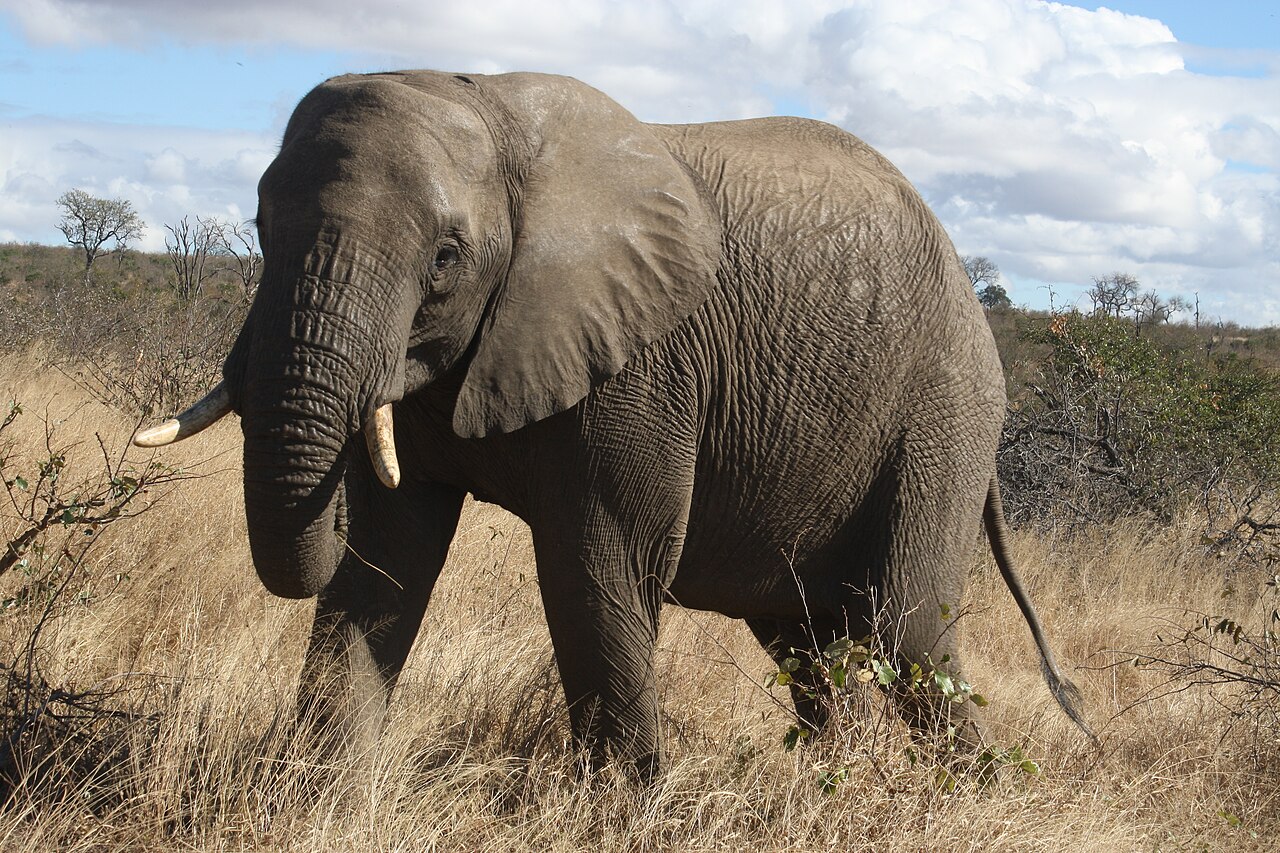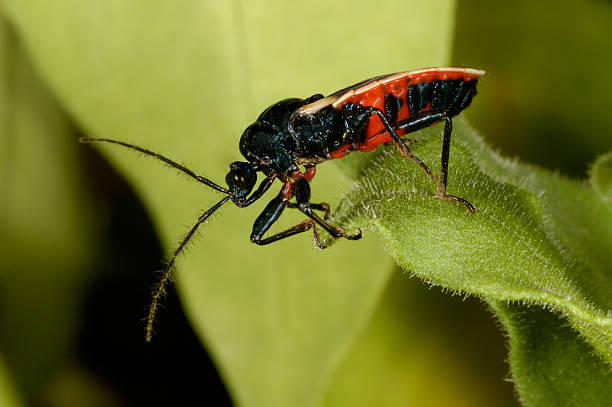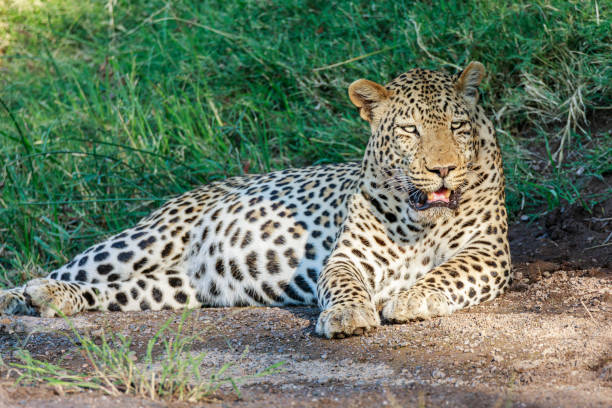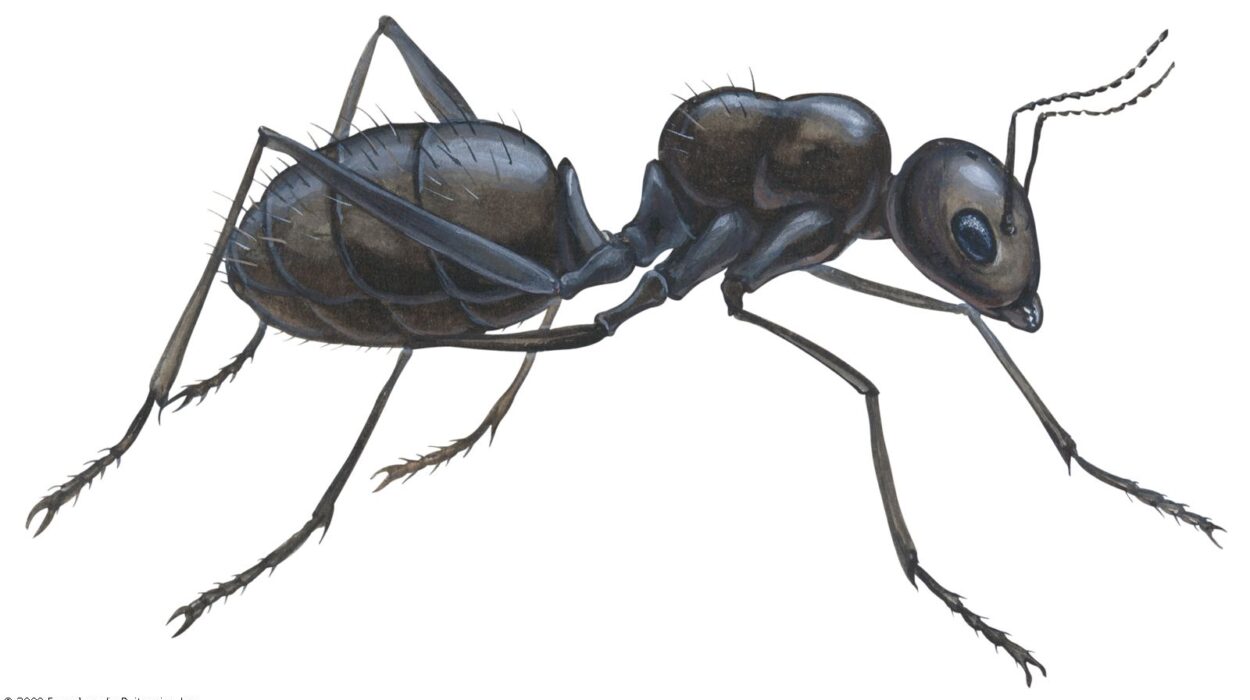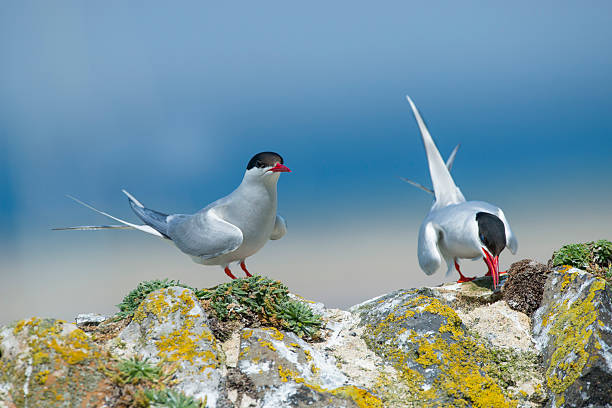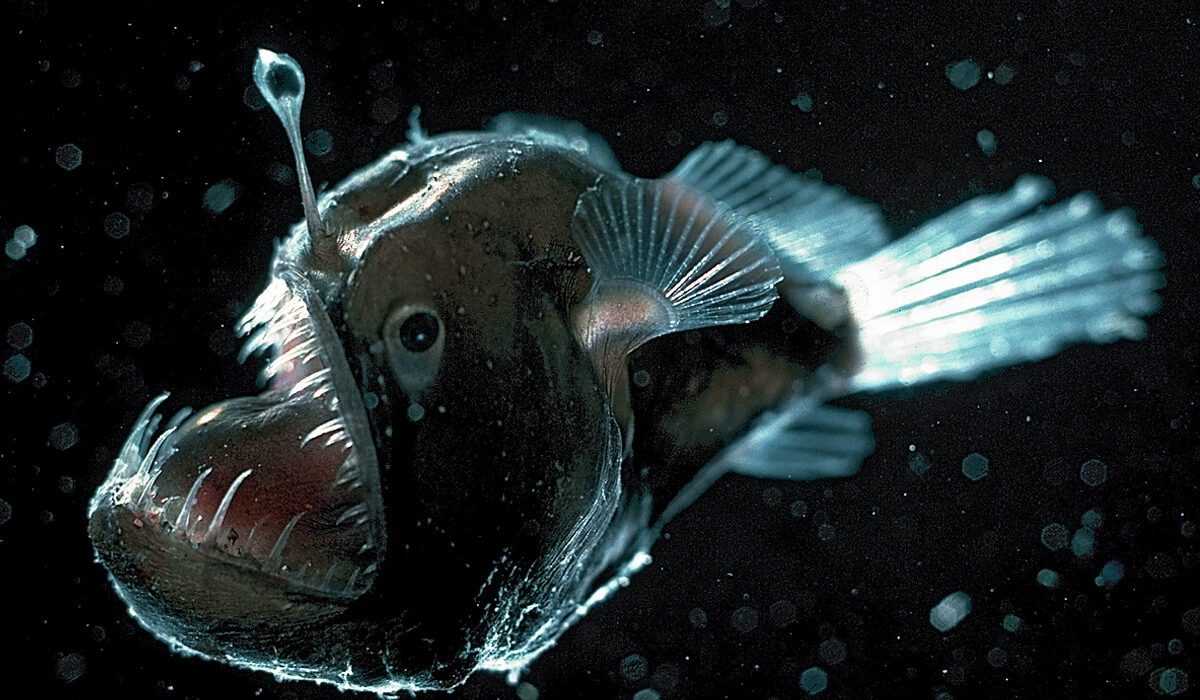Across the sweeping plains of Africa, the dense jungles of Asia, and the tundras of the Arctic, there walk giants. These colossal beings—ancient, powerful, and awe-inspiring—remind us of a world where size and strength were the keys to survival. The largest land animals on Earth are not merely big; they are symbols of endurance, evolution, and the extraordinary diversity of life itself.
To stand before one of these massive creatures is to feel something primal stir within you—a mix of awe, humility, and wonder. They are living monuments to the power of nature, and though some are endangered, they continue to command our imagination as few other beings can.
Here is a journey through the lives of the ten largest land animals that still roam our planet—beings that carry the weight of millennia, both literally and symbolically.
1. African Bush Elephant – The Colossus of the Savannah
The African Bush Elephant (Loxodonta africana) is not only the largest land animal alive today—it’s a living relic of prehistoric might. Towering up to 13 feet (4 meters) at the shoulder and weighing as much as 12 tons (24,000 pounds), this gentle titan rules the landscapes of Africa’s savannas and forests.
What makes the African Bush Elephant so extraordinary is not just its size, but its soul. Behind those intelligent eyes lies a creature capable of empathy, mourning, and deep familial love. Elephants live in matriarchal societies, where the eldest female guides her herd with wisdom accumulated over decades.
Their trunks—those remarkable, flexible extensions of their upper lips and noses—contain over 40,000 muscles. With them, elephants can delicately pluck a single blade of grass or uproot a tree. Their ears, massive and shaped like the map of Africa, help them regulate body temperature and communicate through subtle movements.
Elephants speak in ways we are only beginning to understand. They use infrasound—low-frequency vibrations that can travel several miles—to stay in contact across vast distances. When one elephant dies, others often touch the bones, linger in silence, and seem to grieve.
Despite their size and strength, these giants are vulnerable. Poaching for ivory and habitat loss threaten their survival. Yet even in adversity, the African Bush Elephant stands as a testament to nature’s grandeur—a reminder that true power is often found in gentleness.
2. Asian Elephant – The Ancient Wanderer of the East
Smaller than its African cousin but no less magnificent, the Asian Elephant (Elephas maximus) embodies wisdom, grace, and quiet strength. Native to South and Southeast Asia, it stands up to 10 feet (3 meters) tall and weighs around 6 tons.
The Asian Elephant is deeply woven into the cultural and spiritual fabric of human civilization. In India, it is sacred to Lord Ganesha, the remover of obstacles, and in Thailand, it symbolizes luck and loyalty. For centuries, humans and elephants have shared a unique bond—working together in forests, temples, and even wars.
Asian Elephants are distinguished by their smaller, rounded ears and smoother skin. Unlike African elephants, only some males have tusks, while females usually have small or none at all.
What truly defines them, though, is intelligence. Their memories are legendary. They can remember water sources years later, recognize individuals after long separations, and even solve problems using teamwork. They have been observed comforting one another and showing compassion not only to their kind but to humans as well.
But their future is uncertain. As forests shrink and human settlements expand, conflicts between people and elephants are increasing. Protecting them means protecting the ecosystems they sustain—a moral and ecological duty to honor these living emblems of harmony.
3. White Rhinoceros – The Titan with the Horn of Legend
The White Rhinoceros (Ceratotherium simum) is the largest of the five rhino species and one of Earth’s most formidable land mammals. Males can weigh up to 5,000 pounds (2.3 tons) and stand nearly 6 feet tall at the shoulder. Despite the name, the white rhino isn’t truly white; the word “white” is believed to be a mistranslation of the Dutch word wijd, meaning “wide,” referring to its broad mouth adapted for grazing.
White rhinos have an armored appearance, with thick, folded skin that seems carved from stone. Yet beneath that tough exterior lies a surprisingly gentle herbivore that spends its days peacefully grazing on the grassy plains of southern Africa.
The most iconic feature of the rhino is its horn—made not of bone, but of keratin, the same protein that forms human hair and nails. Tragically, this horn has become the source of its suffering. Poaching, driven by the false belief in the horn’s medicinal value, has pushed the northern white rhino to near extinction. Today, only two females remain, guarded around the clock by armed protectors.
The southern white rhino, however, tells a story of hope. Thanks to dedicated conservation efforts, their population has rebounded from fewer than 100 individuals in the early 1900s to over 18,000 today. They are proof that when humanity chooses to protect rather than destroy, recovery is possible.
Watching a white rhino move across the land—massive yet calm—is to witness ancient strength in motion, a glimpse into a wilder, older Earth that we are still learning to respect.
4. Hippopotamus – The River’s Silent Giant
Few animals combine serenity and power as dramatically as the hippopotamus (Hippopotamus amphibius). With males weighing up to 9,000 pounds (4 tons), the hippo is the third-largest land mammal after elephants and rhinos.
Despite its rotund, almost comical appearance, the hippo is one of Africa’s most dangerous animals. It’s territorial, unpredictable, and can run faster than a human—reaching speeds of 30 kilometers per hour (19 mph) on land.
Yet in its natural state, the hippo is a creature of grace and ritual. By day, it wallows in rivers or lakes, using water to cool its massive body under the scorching sun. At night, it emerges to graze silently on grass, traveling miles across the land in darkness.
Hippos are social, living in pods of up to 30 individuals led by a dominant male. Their communication is as unique as their lifestyle. They “talk” through deep grunts and bellows that can be heard above and below the water, creating an underwater chorus that echoes across river valleys.
But hippos face growing threats: habitat loss, droughts, and illegal hunting for their ivory-like teeth. Their survival depends on preserving the rivers that sustain them—a reminder that even the largest creatures depend on fragile ecosystems.
5. Giraffe – The Graceful Tower of the Plains
The giraffe (Giraffa camelopardalis) is nature’s skyscraper, the tallest land animal on Earth. Standing up to 19 feet (5.8 meters) high, it can look over acacia trees and spot predators miles away. Males weigh up to 3,000 pounds (1.5 tons), while females are slightly lighter but equally elegant.
Every giraffe is a masterpiece of pattern and proportion. Their long necks—up to 6 feet in length—contain the same number of vertebrae as a human neck: seven. Each vertebra, however, is elongated and strengthened by specialized joints that allow them to stretch gracefully toward the treetops.
Their hearts are engineering marvels, weighing over 25 pounds and generating double the normal blood pressure of most mammals to pump blood up to the brain. When a giraffe bends down to drink, a complex network of valves prevents the sudden rush of blood from causing fainting.
Despite their towering stature, giraffes move with remarkable fluidity. Their gait, a slow, rhythmic stride, seems almost hypnotic against the savanna’s horizon. They live in loose herds, communicating through infrasound and subtle body gestures.
Once widespread across Africa, giraffe populations have declined dramatically due to habitat loss and poaching. Yet these gentle giants remain icons of peace and grace—a living bridge between earth and sky.
6. African Forest Elephant – The Hidden Giant of the Jungle
Smaller and more elusive than the African Bush Elephant, the African Forest Elephant (Loxodonta cyclotis) is still one of the largest animals on land, weighing up to 6 tons. Found in the dense rainforests of Central and West Africa, it is the secret guardian of some of Earth’s most vital ecosystems.
Forest elephants are the gardeners of the jungle. As they roam, they disperse seeds through their dung, shaping the very structure of the rainforest. Many tree species depend entirely on elephants for reproduction.
Their tusks are straighter and more delicate than those of savanna elephants, adapted for maneuvering through dense vegetation. Their ears are smaller, and their demeanor quieter, perfectly suited for life in shadow and mist.
These elephants live in smaller family groups and communicate through low rumbles that can pass through the ground, allowing them to “feel” each other’s presence even when miles apart.
Tragically, forest elephants have suffered devastating losses from poaching and deforestation. Their numbers have dropped by more than 80% in just a few decades. Each fallen elephant takes with it not just life, but a part of the forest’s soul. To save them is to save the rainforest itself—a sacred duty for the planet’s future.
7. Black Rhinoceros – The Fierce Survivor
The Black Rhinoceros (Diceros bicornis) may be smaller than its white cousin, but it is every bit as impressive. Weighing up to 3,000 pounds (1.4 tons), it is built like a living tank—compact, muscular, and capable of surprising speed.
The black rhino is distinguished by its pointed, prehensile upper lip, adapted for browsing shrubs and trees rather than grazing. Its two horns, powerful and sharp, give it a regal and formidable appearance.
Despite its reputation for aggression, the black rhino’s hostility is born of fear. Centuries of poaching have made it wary of humans. Yet in safe habitats, it shows curiosity, intelligence, and even playfulness.
Its eyesight is poor, but its hearing and smell are exceptional, helping it detect threats long before they appear. Black rhinos are solitary by nature, their paths marked by scent trails and dung piles that serve as communication hubs.
They are critically endangered, with fewer than 6,000 individuals remaining in the wild. Yet thanks to conservation heroes, their numbers are slowly rising. Each birth is a small miracle, a defiant heartbeat against extinction.
8. Gaur – The Mighty Wild Ox
The Gaur (Bos gaurus), also known as the Indian Bison, is the largest and most powerful wild cattle species on Earth. Native to South and Southeast Asia, it stands over 7 feet (2.2 meters) at the shoulder and weighs up to 3,300 pounds (1.5 tons).
A fully grown male gaur is a sight to behold—dark brown with massive, curving horns that sweep upward in elegant arcs. Its muscular frame exudes strength, yet its movements are smooth and almost regal.
Gaurs live in herds led by dominant females, moving through forests and grasslands in search of food. Despite their size, they are shy and gentle by nature, avoiding confrontation whenever possible. But when threatened, few animals can match their power. Even tigers think twice before attacking a healthy adult gaur.
They are vital to their ecosystems, helping maintain vegetation balance through grazing. Unfortunately, habitat loss and hunting have reduced their populations. Still, in the protected reserves of India and Thailand, the gaur continues to thrive—a symbol of resilience and untamed power.
9. Kodiak Bear – The Titan of the North
Among the northern wildernesses of Alaska’s Kodiak Archipelago roams one of the largest land carnivores on Earth: the Kodiak Bear (Ursus arctos middendorffi).
Adult males can stand over 10 feet tall on their hind legs and weigh up to 1,500 pounds (680 kilograms) on average—some even exceeding a ton. Their massive size is a result of abundant food and isolation, with salmon runs and rich vegetation sustaining them through harsh seasons.
Kodiak bears are solitary but intelligent creatures, capable of using tools, recognizing individual humans, and remembering specific food locations. Despite their fearsome power, they are usually calm, avoiding conflict unless threatened.
Their annual cycle follows the rhythm of the land: feasting in summer, growing fat for the long winter sleep. In their dens, mothers give birth to cubs that emerge in spring—tiny, blind, and utterly dependent.
These bears are symbols of wilderness itself—majestic, powerful, and profoundly connected to their environment. Protecting them means preserving not only a species but an entire way of life that has remained unchanged for millennia.
10. Polar Bear – The King of the Arctic
The Polar Bear (Ursus maritimus) reigns supreme at the top of the world. As the largest land carnivore on Earth, males can weigh up to 1,600 pounds (725 kilograms) and stretch over 10 feet long.
These magnificent hunters roam the frozen Arctic seas, walking vast distances in search of seals, their primary prey. Their thick layer of blubber and translucent fur insulate them against subzero temperatures, while their massive paws allow them to swim for hours across icy waters.
The polar bear’s life is a story of endurance. It survives where few others can, navigating an environment of constant change and peril. Beneath their strength, however, lies a growing struggle. Climate change is melting the sea ice they depend on, forcing them to travel farther and starve longer.
Polar bears symbolize both the beauty and fragility of the natural world. To watch one stride across a frozen horizon is to glimpse the essence of wilderness—majestic, fierce, and tragically vulnerable.
The Balance of Giants
The ten largest land animals on Earth represent more than raw size. They embody the intricate balance of life on this planet. Each is a keystone species, shaping its ecosystem in ways both seen and unseen. Elephants create paths through forests; rhinos sculpt grasslands; bears redistribute nutrients through rivers.
Their size is not just physical—it is symbolic. They are reminders of what Earth once was: vast, untamed, and full of wonder. In their survival lies a reflection of our own. If we can learn to live in harmony with them, we protect the living heritage of our planet and, in doing so, ensure our own future.
The Final Word
To stand before an elephant or glimpse a bear in the wild is to confront the enormity of life itself. These animals remind us that strength can coexist with gentleness, and that power need not mean destruction.
The giants of the Earth have endured ice ages, predators, and time itself—but whether they survive the age of humans depends on our choices. We are now their guardians, their storytellers, and their allies.
They are not just large animals; they are living testaments to evolution’s creativity, sentinels of the wild, and silent teachers of humility. Protecting them is not an act of charity—it is an act of reverence. For in the heartbeat of every giant still roaming this Earth, we hear the ancient pulse of the planet itself.
